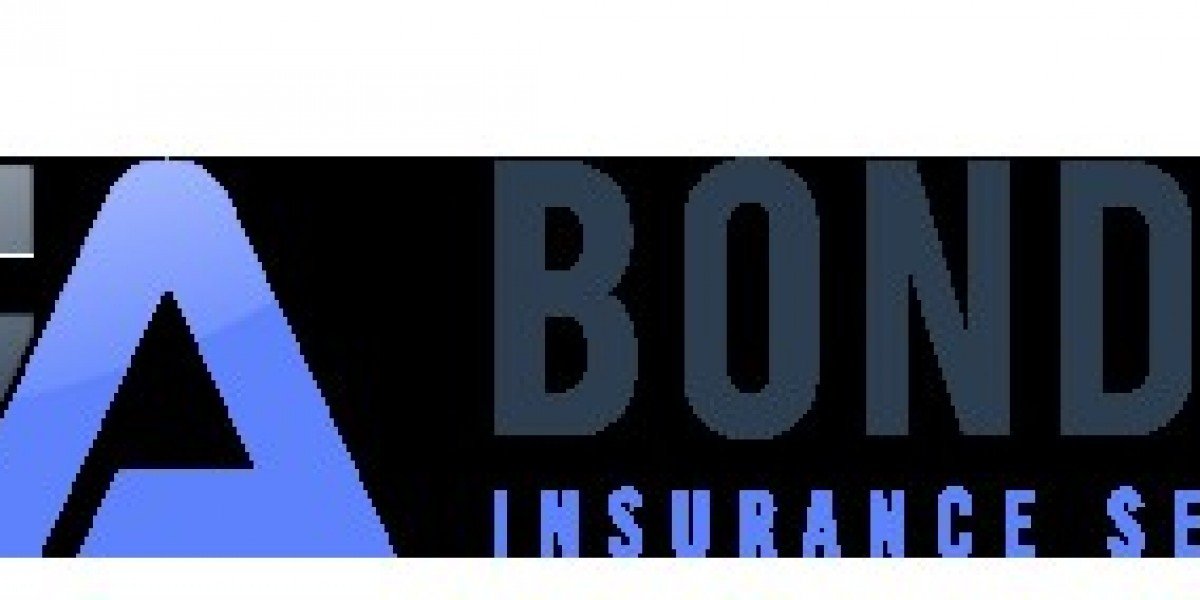What Is a Declaration and Coverages Page?
The Declaration and Coverages Page is the summary portion of your insurance policy. It includes critical information such as:
Policyholder’s name and address
Policy number
Effective and expiration dates
Description of the insured property or vehicle
Types of coverages and their limits
Premium amounts
Deductibles
Listed endorsements or riders
This document essentially acts as a snapshot of your policy. Instead of reading through dozens of pages of legal language, you can refer to the declaration page to get a quick overview of your coverage.
Key Sections of a Declaration and Coverages Page
While the layout can vary by insurer and policy type, most declaration pages will include the following sections:
1. Policy Information
This includes your policy number, the type of insurance (auto, home, etc.), and the effective start and end dates. It’s important to review this section to confirm that your policy is active and up to date.
2. Insured Information
Here you’ll find the name(s) of the policyholder(s), their mailing address, and in some cases, contact information. This must be accurate because it affects the delivery of notifications and renewal information.
3. Property or Vehicle Details
For auto insurance, this includes make, model, year, and VIN number of the vehicle(s). For home insurance, it includes the address of the insured property, construction details, and sometimes square footage.
4. Coverages and Limits
This is the heart of the Declaration and Coverages Page. It details each type of coverage included in your policy—like liability, collision, comprehensive, medical payments, or dwelling coverage—and the monetary limit assigned to each. For instance, it may show that your policy includes $100,000 in liability coverage or $250,000 in dwelling protection.
5. Deductibles
Deductibles are the amounts you pay out-of-pocket before your insurance kicks in. These will be listed next to each applicable coverage. For example, you might have a $500 deductible for collision coverage and a $1,000 deductible for homeowners insurance claims.
6. Premium Details
This section outlines how much you’re paying for the policy, either as a total premium or broken down by coverage type. It’s useful for understanding where your money is going and whether you’re getting good value.
7. Endorsements and Riders
Any additional coverages or modifications to the base policy are listed here. These might include flood coverage, identity theft protection, or a scheduled personal property endorsement for high-value items like jewelry or art.
Why Is the Declaration and Coverages Page So Important?
Quick Reference for Claims
If you’re in an accident or suffer property damage, the declaration page is your go-to for confirming what’s covered and how much you can claim. Having a clear understanding of your limits and deductibles can help speed up the claims process.
Proof of Insurance
Many institutions—like mortgage lenders, landlords, or the DMV—require a Declaration and Coverages Page as proof of insurance. It provides a more detailed view than just a generic insurance ID card.
Review and Comparison Tool
When shopping for a new policy or comparing insurance quotes, this document is incredibly useful. You can compare side-by-side what different insurers are offering in terms of coverage and pricing.
Common Mistakes to Avoid
Not Reviewing the Declaration Page Annually: Your insurance needs may change over time. Always review your dec page upon policy renewal to make sure it still fits your situation.
Ignoring Coverage Gaps: Just because a type of coverage appears on the declaration page doesn’t mean it’s sufficient. Make sure the limits are appropriate for your needs.
Assuming Everything is Covered: The declaration page is a summary. You still need to read your full policy or ask your agent to understand what exclusions apply.
How to Get a Copy of Your Declaration and Coverages Page
Most insurance companies make it easy to access this document. You can usually:
Download it from your online account
Request a copy by email or mail from your insurance agent
View it in your mobile insurance app
It’s a good idea to save both a digital and a printed version for quick access in emergencies.
Final Thoughts
The Declaration and Coverages Page might be just one or two pages long, but it holds the key to understanding your insurance policy. It’s a document that deserves your attention—whether you’re buying new coverage, renewing an old policy, or filing a claim.
By familiarizing yourself with the declaration page, you empower yourself to make smarter insurance decisions, avoid costly gaps in coverage, and ensure that you and your assets are truly protected.






